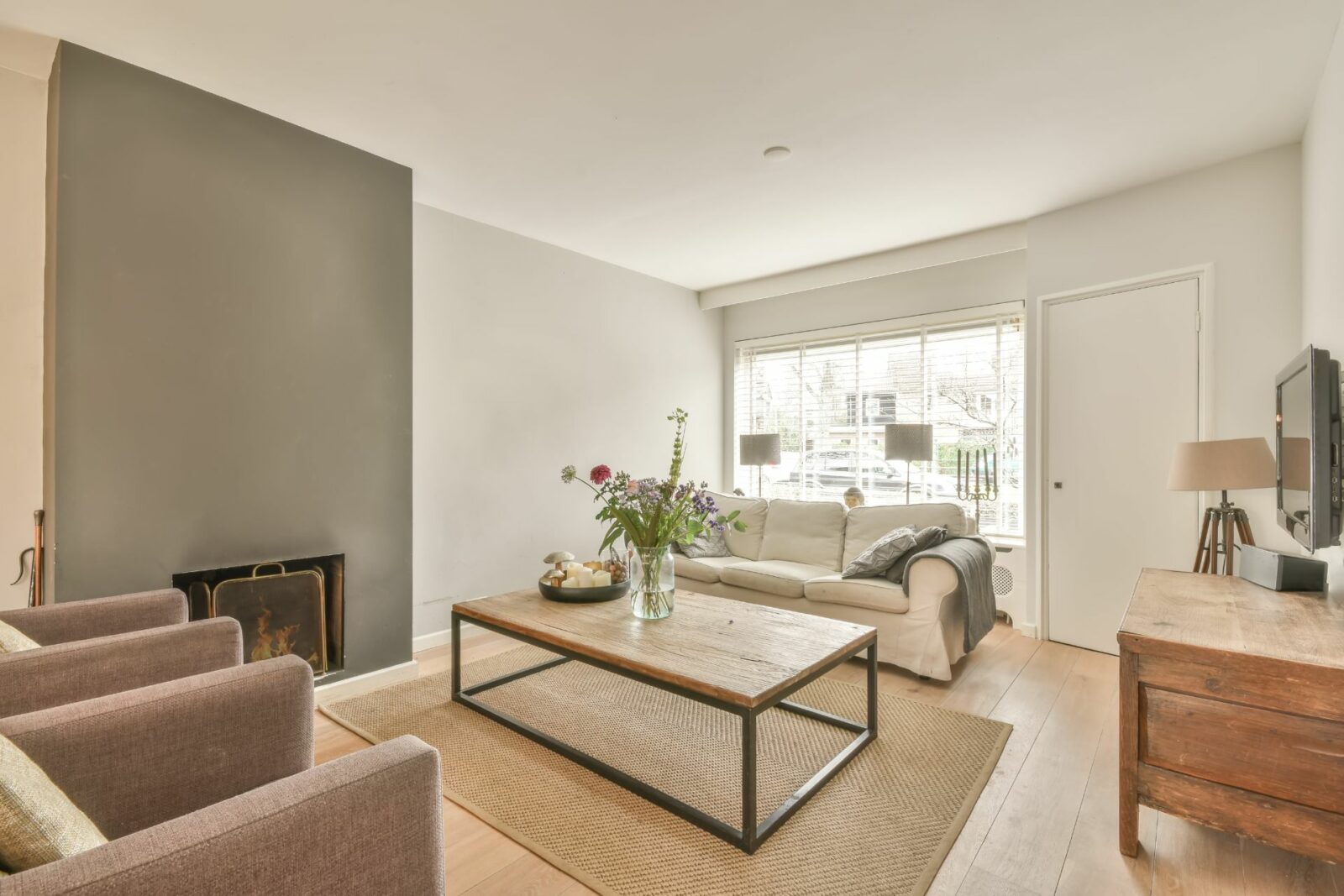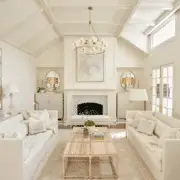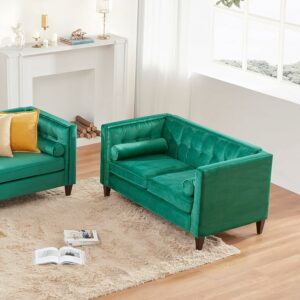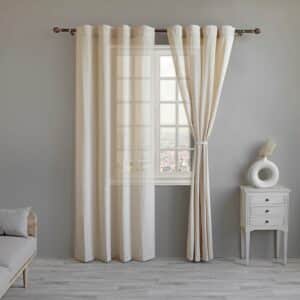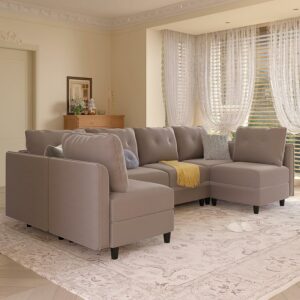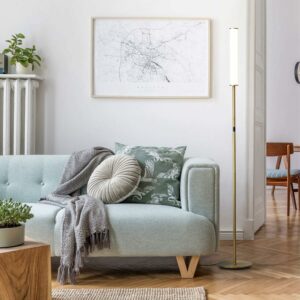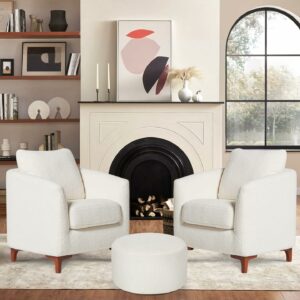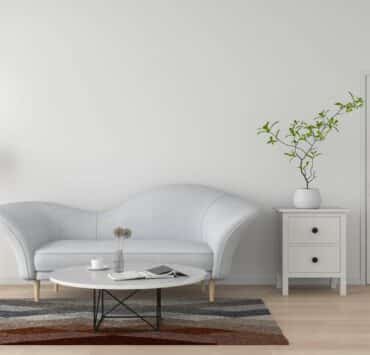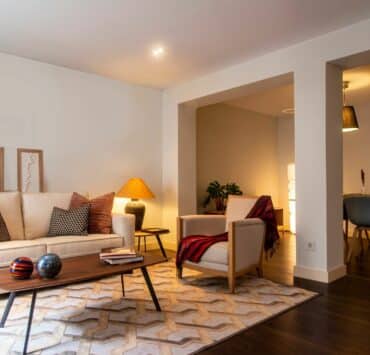Designing a small living room may seem like a challenge, but with the right strategies, you can create a space that feels open, airy, and inviting. Maximizing space while maintaining a stylish aesthetic is key to making the most of your compact living area. In this guide, we’ll walk you through the process of designing a small living room that optimizes every square inch and reflects your personal style.
Designing for Comfort in Small Spaces
Designing a small living room is all about striking a balance between functionality and style.
Step 1: Define Your Priorities
Start by identifying your priorities for the room. Do you need more seating, storage, or a versatile layout? Understanding your needs guides your design choices.
Step 2: Choose Light Colors
Opt for light and neutral colors for walls, furniture, and decor. Light hues create an illusion of space and reflect natural light.
Step 3: Consider Multi-Functional Furniture
Invest in furniture that serves multiple purposes. Choose a sofa bed, storage ottomans, or nesting tables that can be tucked away when not in use.
Step 4: Embrace Minimalism
Declutter and adopt a minimalist approach to decor. Select a few statement pieces rather than overwhelming the space with too many items.
Step 5: Optimize Layout
Arrange furniture in a way that maximizes floor space and promotes easy traffic flow. Consider placing furniture against walls to create an open center.
Step 6: Utilize Vertical Space
Take advantage of vertical space by adding wall-mounted shelves, floating cabinets, and tall bookcases. This frees up floor space.
Step 7: Incorporate Mirrors
Hang mirrors strategically to visually expand the room and reflect light. Large mirrors can create the illusion of a larger space.
Step 8: Create Visual Continuity
Use a consistent color palette and design elements throughout the room. This creates a cohesive and visually spacious feel.
Step 9: Use Multi-Functional Decor
Choose decor items that serve a purpose. Decorative baskets, trays, and wall hooks can add style while also providing storage.
Step 10: Let in Natural Light
Maximize natural light by using sheer curtains or opting for no window coverings. Natural light creates an airy and open atmosphere.
FAQs about Designing a Small Living Room
Can I use dark colors in a small living room? While light colors are recommended, you can use dark hues as accents to add depth and contrast without overwhelming the space.
How can I make a small room feel cozy? Incorporate soft textures, layered rugs, and warm lighting to create a cozy and inviting atmosphere.
What’s the role of open shelving in small spaces? Open shelves can create a sense of openness and display decor items without adding visual clutter.
Is it okay to have a large piece of furniture in a small room? Yes, one or two larger pieces can work if they serve a functional purpose. Just ensure they don’t dominate the entire space.
How can I visually separate areas in an open-concept small living room? Use rugs and furniture placement to define different zones within the room, such as a seating area and a dining area.
Can I use patterns in a small living room? Yes, but opt for smaller-scale patterns that won’t overwhelm the space. Incorporate patterns in pillows, rugs, and artwork.
Conclusion: Small Space, Big Style
Designing a small living room requires thoughtful planning and creative solutions. By following these step-by-step instructions and tailoring the design to your preferences, you can create a small living room that feels spacious, functional, and beautifully curated.
